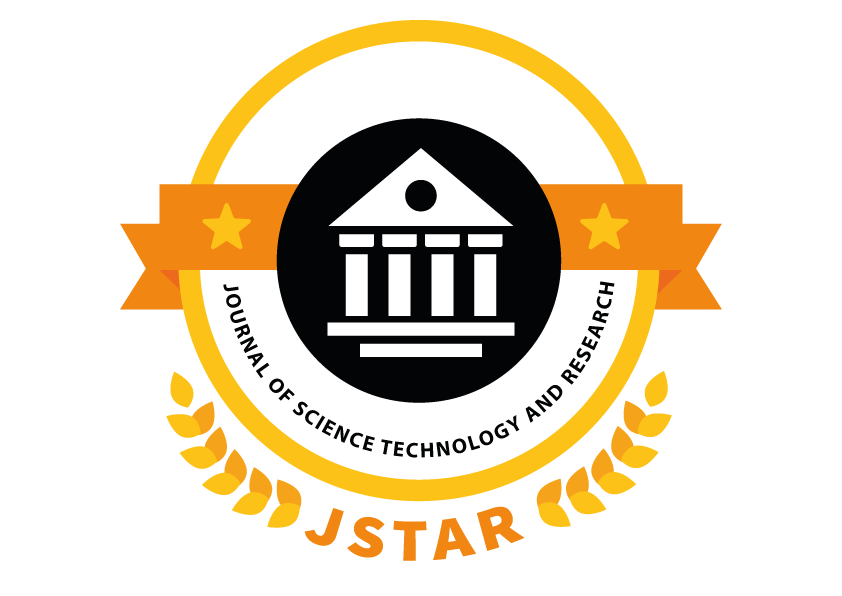Author:
P.Sivaraman, P.Murali Krishna, S.Prasanna Kumar, S.Lakshminarasimhan, S.Manikandan, B.Nagarajan, D.Dani AbrahamPublished in
Journal of Science Technology and Research( Volume , Issue )
ABSTRACT:
The foundry industry has increasingly recognized the critical role of flow behavior during casting. Foundry flow studies with water model gating systems provide key insights to minimize defects caused by gas or oxide entrapment. These issues can reduce mechanical performance, particularly in alloys such as ductile iron or lightweight composites prone to oxidation. Water modeling helps simulate real casting flow, identifying turbulence, air entrapment, and gating inefficiencies. These observations guide the design of more efficient gating systems that reduce porosity and improve dimensional stability. Casting simulation software complements physical models by offering predictive data on flow and solidification. This study investigates several gating configurations using water models and validates them through simulation. The results reveal how combining physical and virtual methods enhances casting accuracy, reduces rejection rates, and improves overall productivity. Ultimately, this research bridges traditional foundry methods with modern analytical tools, supporting safer, more reliable, and high-quality casting production processes.
INTRODUCTION:
Foundry flow studies with water model gating system are essential for improving casting performance and reducing production defects. With over 70 million tons of cast components manufactured annually, the foundry industry faces increasing pressure to meet higher quality standards, tighter delivery timelines, and cost-efficiency targets. Water model gating systems enable visualization of fluid dynamics during mold filling without the risks or costs associated with molten metal. These physical models help engineers observe turbulence, flow separation, and air entrapment—factors that can cause porosity, dimensional inaccuracies, and reduced mechanical strength. By analyzing water model results, foundries can optimize gating designs to ensure smoother metal flow and fewer casting defects. Advanced simulation software further complements these efforts by providing predictive data on flow, solidification, and cooling behavior. This integrated approach—combining experimental and computational techniques—strengthens process reliability and product quality. As a result, foundries adopting this methodology can enhance casting yield, reduce rework, and meet modern industrial standards.
